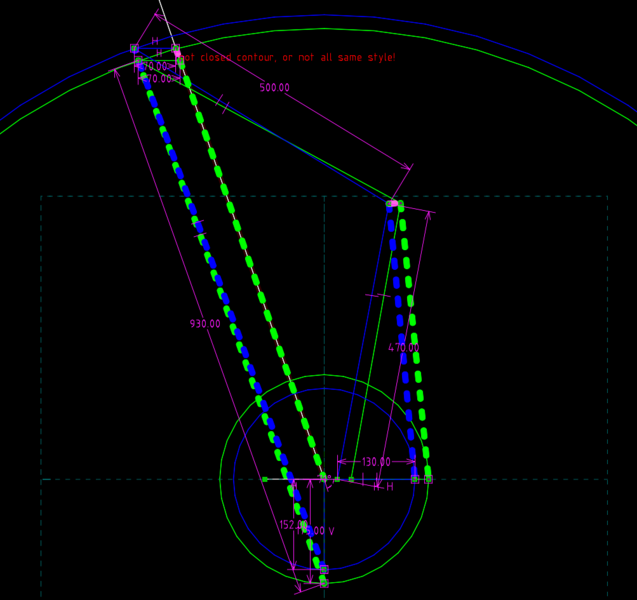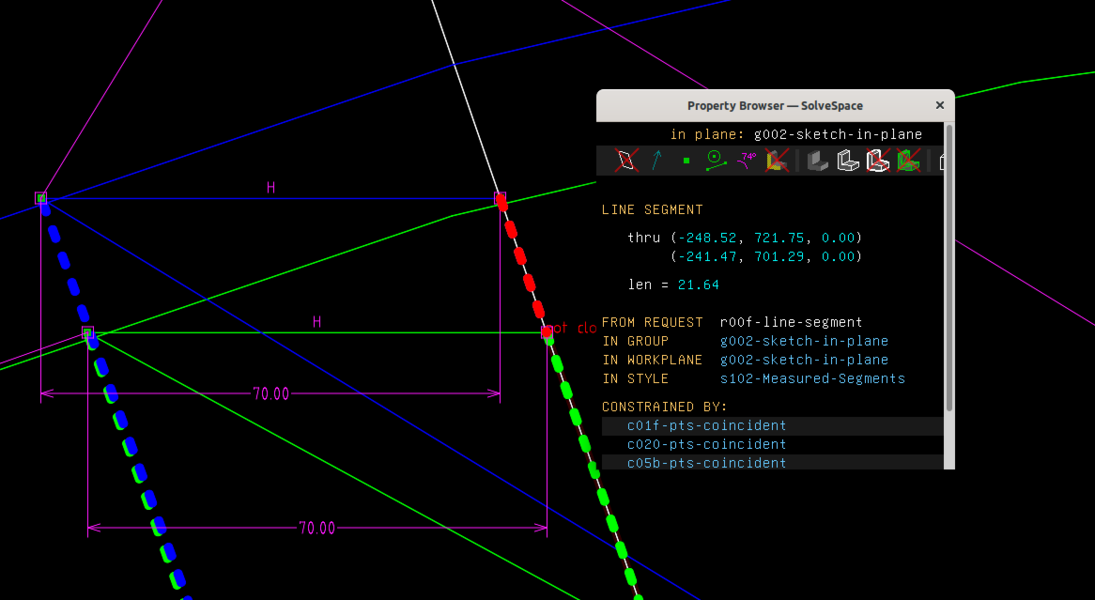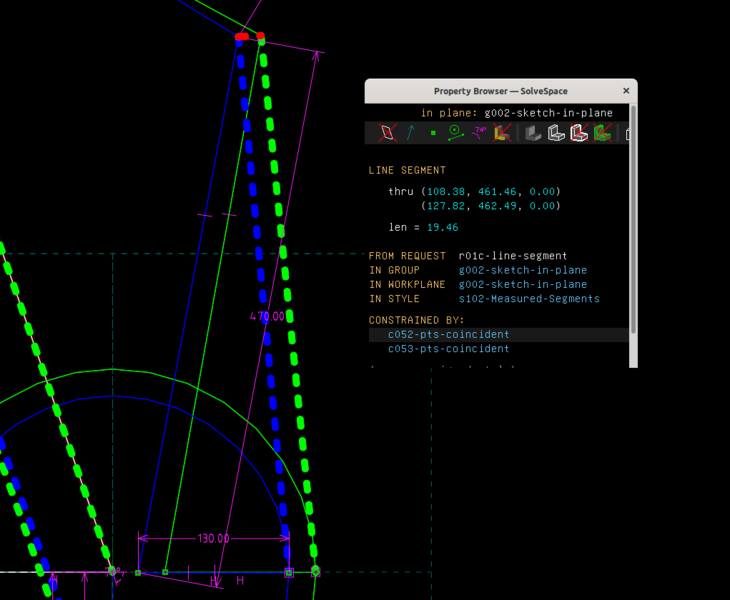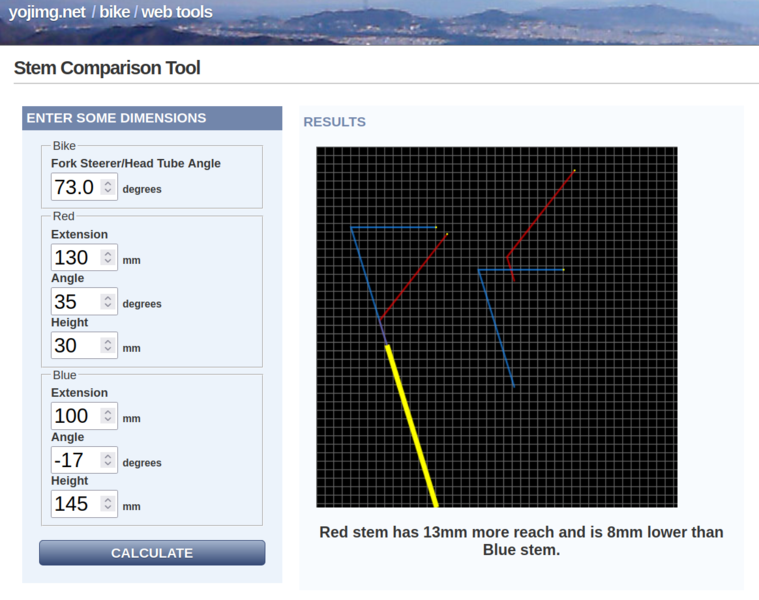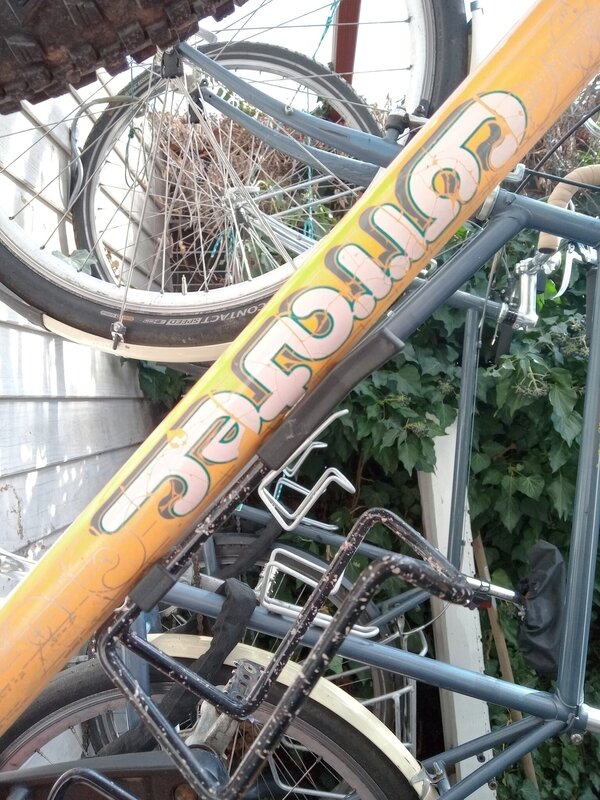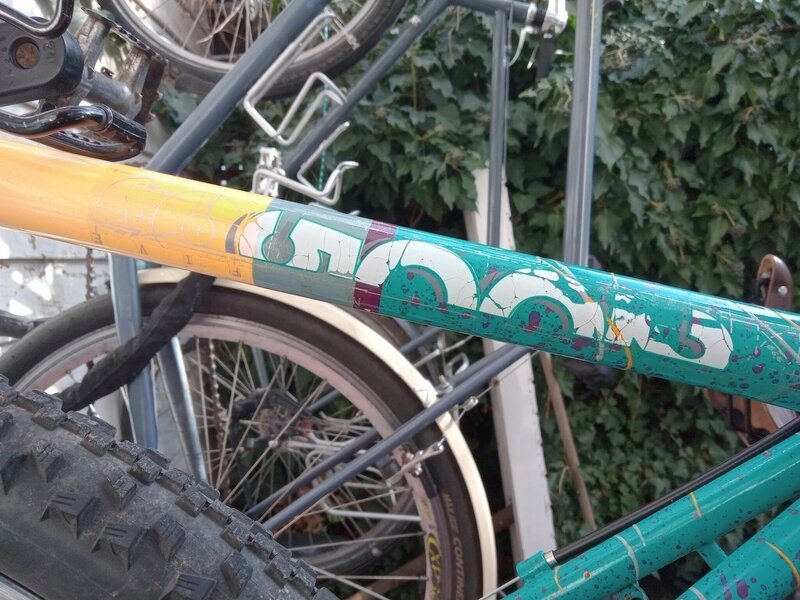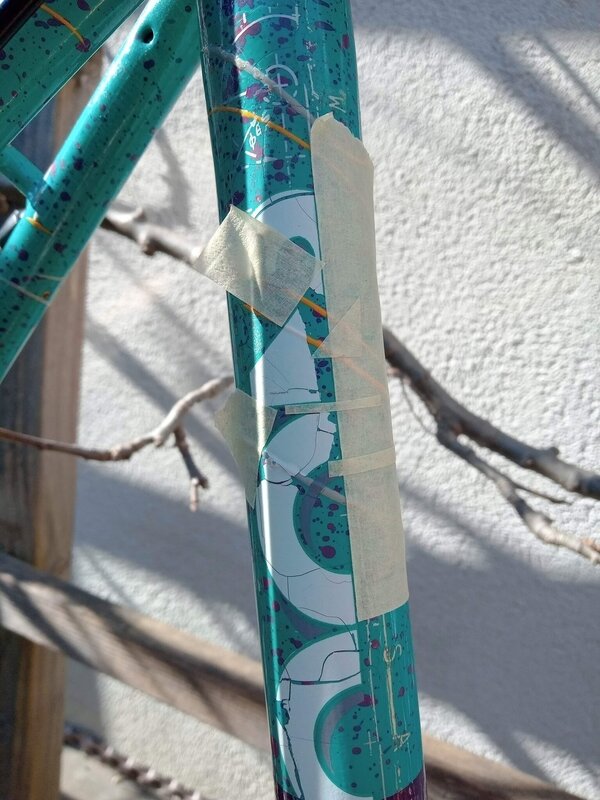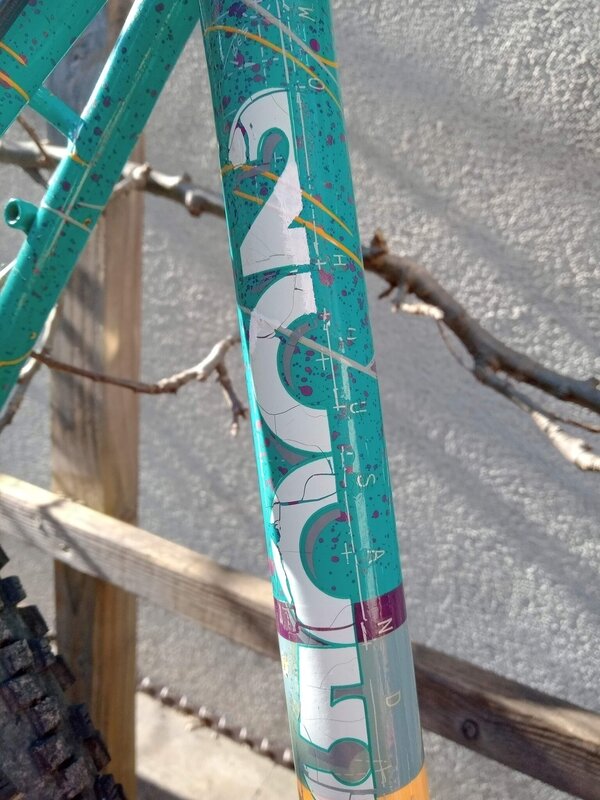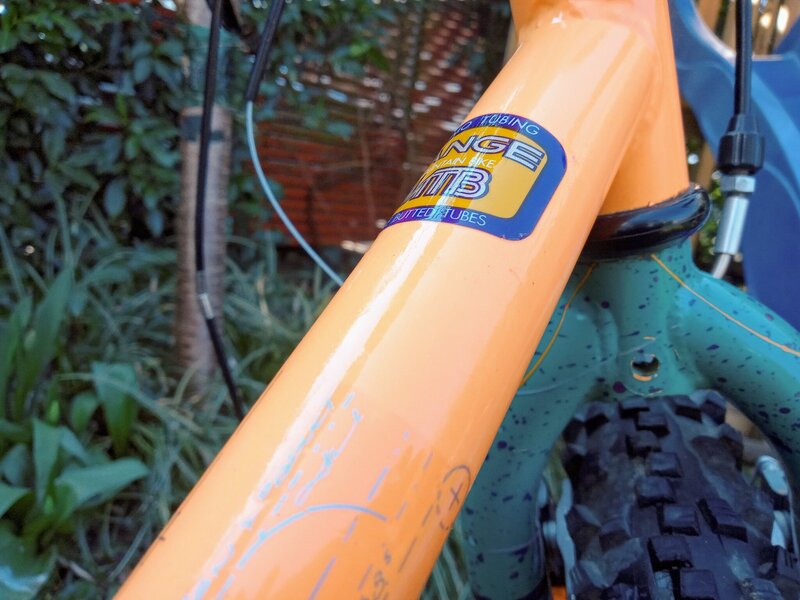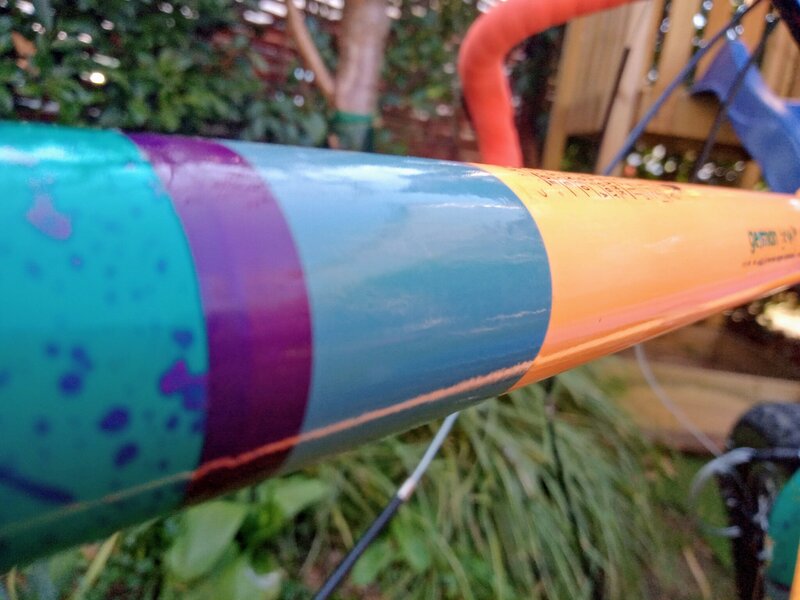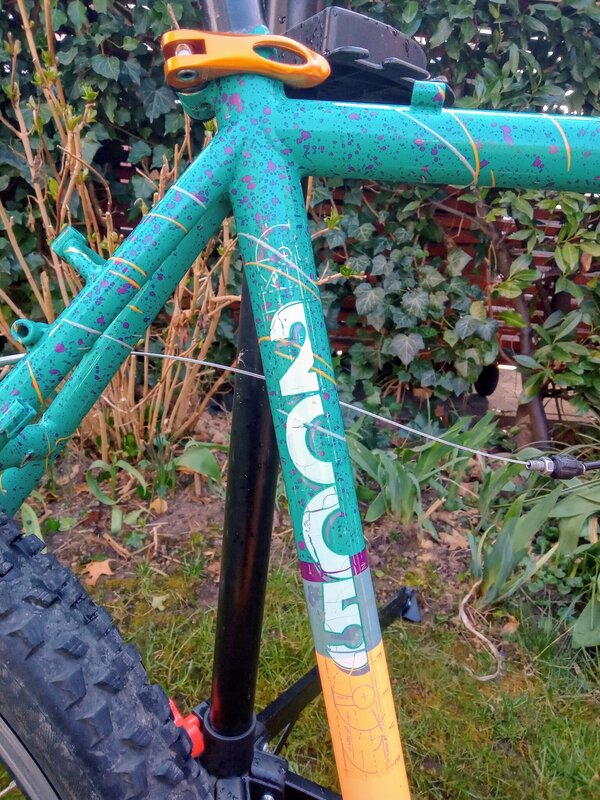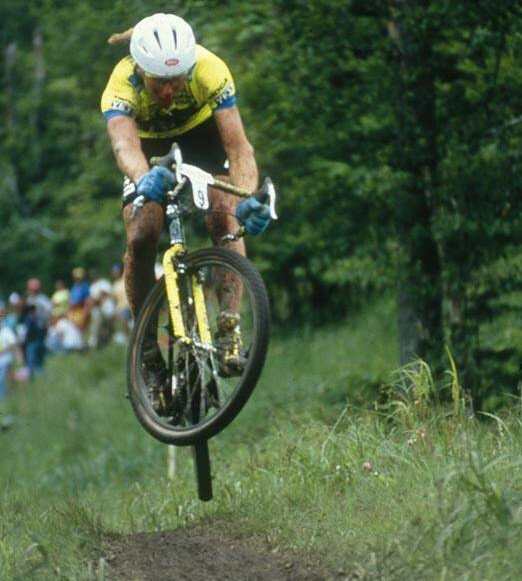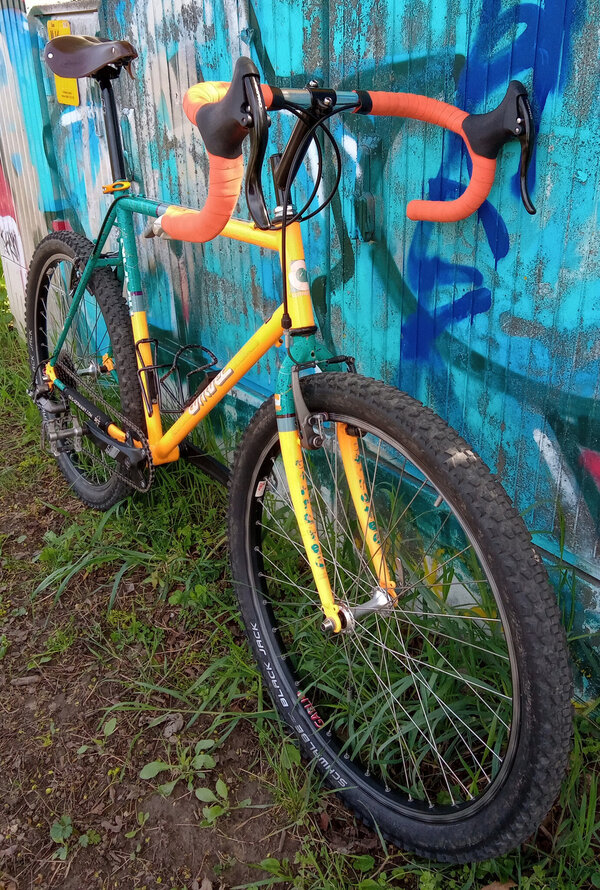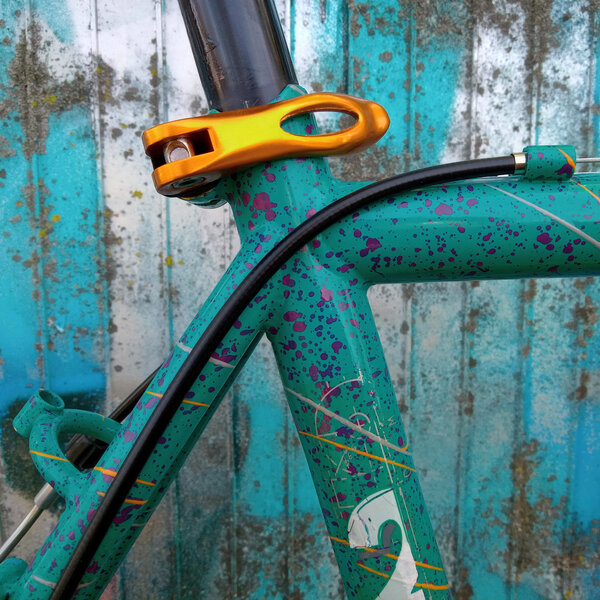frkl
Retro Guru
I’ve already posted about this bike in various places on the forum, but now here is a proper bike thread, since the bike is finally coming together.
I got the bike, a 1992 Corratec 2005, in Fall 2021, from the original owner, still living in the town next to the one where he bought the bike 30 years ago. The original bike store sticker is still there, and I get a kick out of preserving these whenever possible.
I stumbled on it when I was looking for a replacement for my Shogun drop bar conversion. I had cracked the frame in a roof rack/garage door type accident and had been on the fence about whether I should replace the frame, since there are still NOS examples to be had. I ultimately decided not to. The aluminum frame always struck me as a bit too harsh, and so I decided to look for an early 1990s steel mountain bike as a base for a new drop bar conversion. I had also had kind of enough of 1-1/4-inch headsets .
.
Here is the bike as it was a few months ago, already converted. Don't worry, the stem adapter was a temporary mockup so I could figure out the riding position using my piles of unused Ahead stems. I have since sorted this out properly and I'll post the results in a future update.
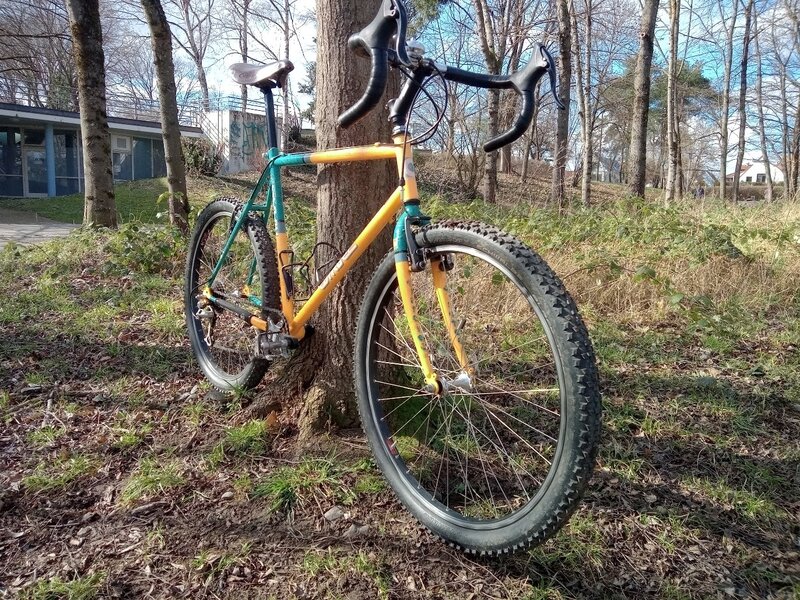
I'm not originally from Germany, so my world is full of new-to-me bike brands, and Corratec was always fascinating to me. When I found the bike, the price, 50 Euro, was right, and the paint job sold it:
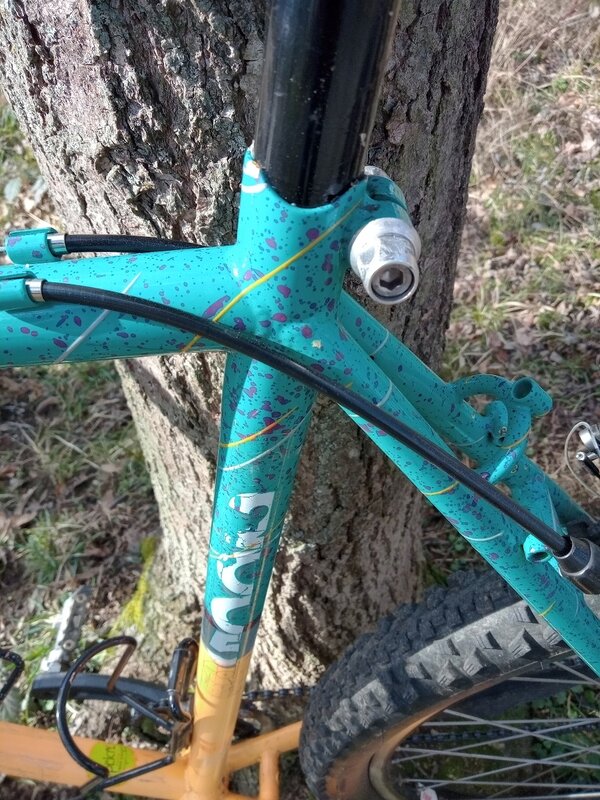
The 2005 was a mid-range mountain bike in the Corratec range, a few years before they went all bow-bikes, all the time. Thanks to @joglo, who collected a trove of 1990s Corratec catalogs at mtb-news.de, for the catalog scans! The catalog presented the 2005 as a do-everything bike, and I thought this was perfect for a bike destined for riding on the roads and trails in the Black Forest.
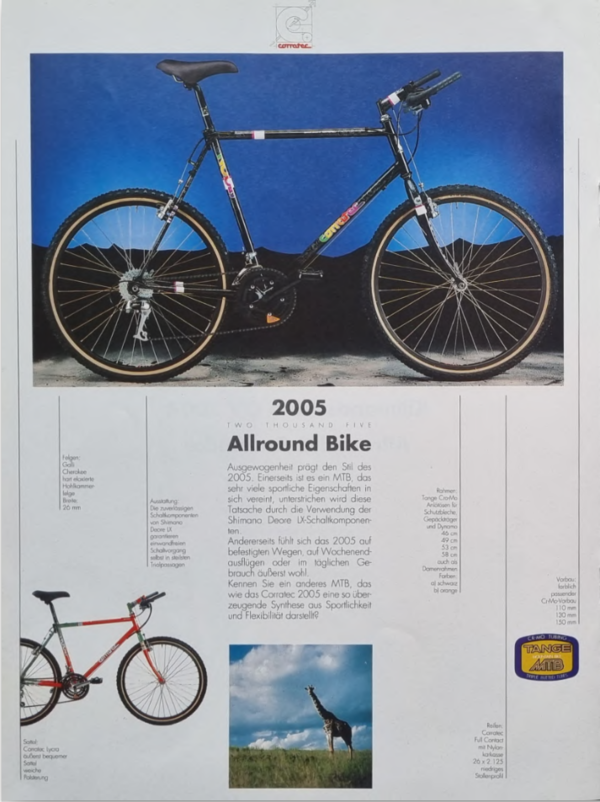
The bike was spec'd with a mix of LX where people would notice--the shifters and derailleurs--and 400LX everywhere else. The frame was in great condition. The decals and paint work, which were incredibly detailed, turned out to also be incredibly fragile, and I have only now sorted it, with the encouragement of the forum. More on that later.
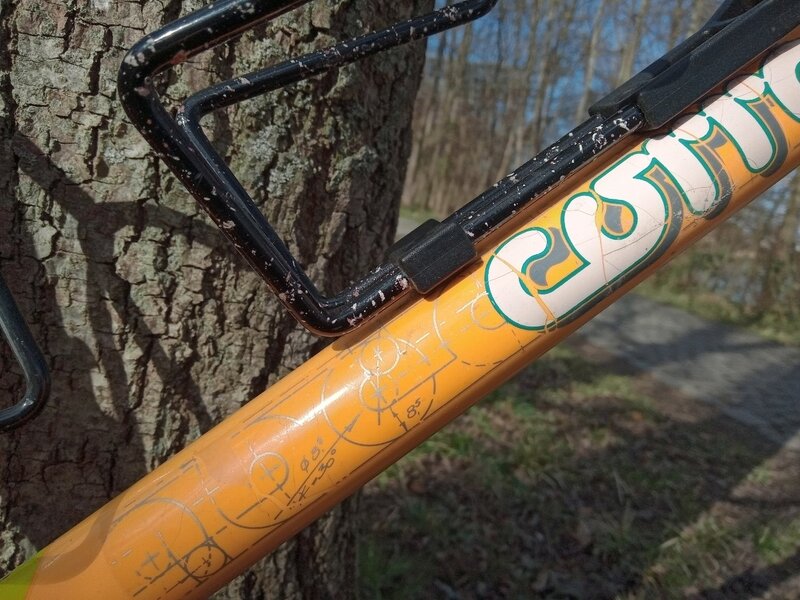
The frame itself is Tange Triple Butted MTB tubing, with a 1-inch headset and 26.4mm seat tube, and it had some unexpected surprises. Despite the prominent “I’m German” branding, including the slogan “German Power of Corratec”--changed a few years later to “German Bike Power of Corratec”--the frame, like many early Corratecs, was made in Italy. And when I bought the bike, the bottom bracket had looked a bit too big to be BSA, and sure enough, it was ITA. But not just ITA: it was a Shimano low profile JIS ITA, a great combination.
I never intended to use most of the stock components, and instead planned to move over many of the parts from my Shogun and to finally use some XT 739 and XTR 951 parts (admittedly from a few years later) in my bin. But the first thing to deal with was the bottom bracket, followed by getting the XTR Vs to play nice, then the decals, stem and shifting.
I got the bike, a 1992 Corratec 2005, in Fall 2021, from the original owner, still living in the town next to the one where he bought the bike 30 years ago. The original bike store sticker is still there, and I get a kick out of preserving these whenever possible.
I stumbled on it when I was looking for a replacement for my Shogun drop bar conversion. I had cracked the frame in a roof rack/garage door type accident and had been on the fence about whether I should replace the frame, since there are still NOS examples to be had. I ultimately decided not to. The aluminum frame always struck me as a bit too harsh, and so I decided to look for an early 1990s steel mountain bike as a base for a new drop bar conversion. I had also had kind of enough of 1-1/4-inch headsets
Here is the bike as it was a few months ago, already converted. Don't worry, the stem adapter was a temporary mockup so I could figure out the riding position using my piles of unused Ahead stems. I have since sorted this out properly and I'll post the results in a future update.

I'm not originally from Germany, so my world is full of new-to-me bike brands, and Corratec was always fascinating to me. When I found the bike, the price, 50 Euro, was right, and the paint job sold it:

The 2005 was a mid-range mountain bike in the Corratec range, a few years before they went all bow-bikes, all the time. Thanks to @joglo, who collected a trove of 1990s Corratec catalogs at mtb-news.de, for the catalog scans! The catalog presented the 2005 as a do-everything bike, and I thought this was perfect for a bike destined for riding on the roads and trails in the Black Forest.

The bike was spec'd with a mix of LX where people would notice--the shifters and derailleurs--and 400LX everywhere else. The frame was in great condition. The decals and paint work, which were incredibly detailed, turned out to also be incredibly fragile, and I have only now sorted it, with the encouragement of the forum. More on that later.

The frame itself is Tange Triple Butted MTB tubing, with a 1-inch headset and 26.4mm seat tube, and it had some unexpected surprises. Despite the prominent “I’m German” branding, including the slogan “German Power of Corratec”--changed a few years later to “German Bike Power of Corratec”--the frame, like many early Corratecs, was made in Italy. And when I bought the bike, the bottom bracket had looked a bit too big to be BSA, and sure enough, it was ITA. But not just ITA: it was a Shimano low profile JIS ITA, a great combination.
I never intended to use most of the stock components, and instead planned to move over many of the parts from my Shogun and to finally use some XT 739 and XTR 951 parts (admittedly from a few years later) in my bin. But the first thing to deal with was the bottom bracket, followed by getting the XTR Vs to play nice, then the decals, stem and shifting.
Last edited:
